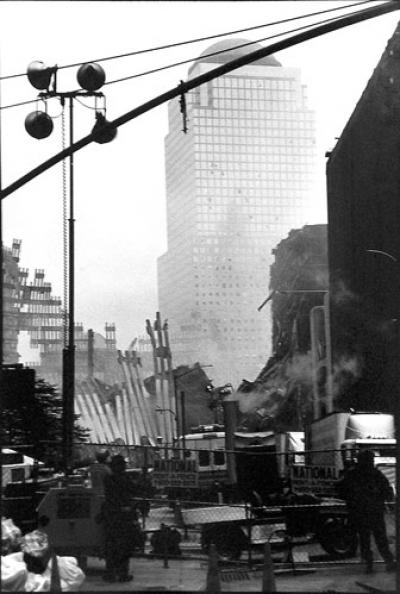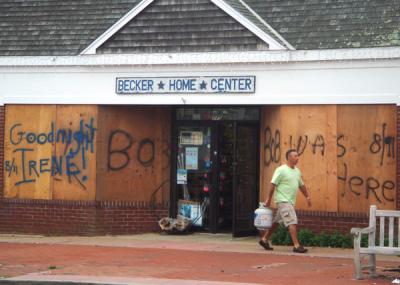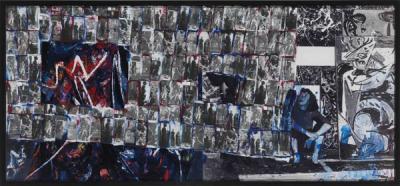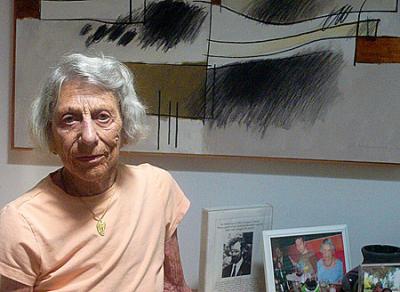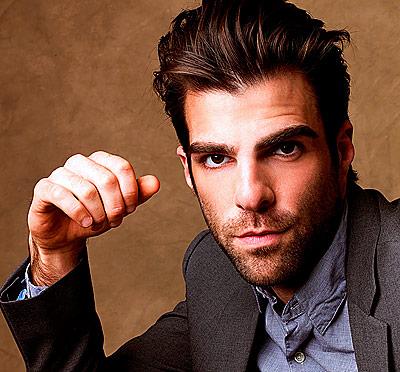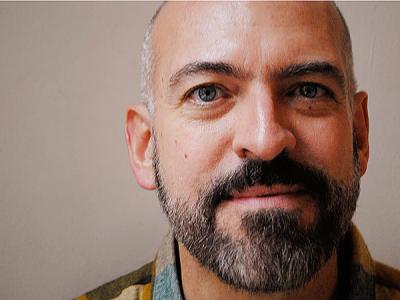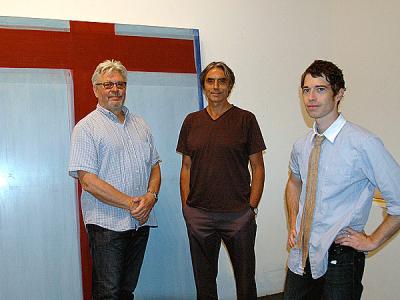The Art Scene 09.08.11
The Art Scene 09.08.11
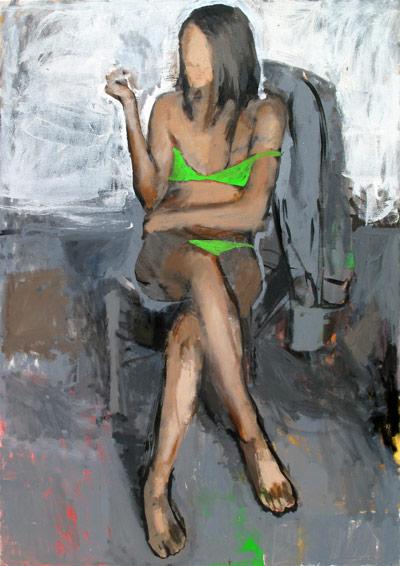
Art for Animals
The Richard Demato Gallery in Sag Harbor will open “Creatures Real and Imaginative” to benefit the Southampton Animal Shelter on Saturday from 6 to 8 p.m. The works are by the gallery’s regular artists, such as Harriet Sawyer, Kevin Sloan, and Devorah Jacoby, and some were created specifically for this exhibit. Ten percent of gross sales will benefit the Southampton Animal Shelter Foundation.
At 8 that night, the foundation will screen a film, “Madonna of the Mills,” at the Bay Street Theatre, with a reception before and a panel discussion afterward. More information is available by calling the shelter.
Photography at Depot
The Depot Art Gallery in Montauk will present its second photography group show of the season with work by Joanne Knight, Lynn Koch, Joanna McCarthy, Paul Monte-Bovi, Rosa Hanna Scott, and Anne Weissman. “The East End Seen Through Six Lenses” has a focus on outdoor scenes, pleasures, and pastimes, with subjects such as stormy seas, rural landscapes, surfcasters, and cygnets sleeping by the pond.
The photographers are a mix of professionals and more novice newcomers to the gallery. The show will begin tomorrow and run through Sept. 19. A reception will be held on Saturday from 5 to 7 p.m.
Tripoli Shows Weber
Nicholas Weber’s exhibit “Unpainting” will be at the Tripoli Gallery of Contemporary Art beginning Saturday with a reception from 6 to 9 p.m. Mr. Weber, who is known for his figurative painting and somewhat infamous for a display of his “Porno Paintings” at the Orchard Street Art Gallery in Manhattan this past spring, has recently been undoing his laboriously figurative style into something more flowing and abstracted.
According to Mr. Weber, “I read a quote by Picasso that said it took him 10 years to paint like an adult and the rest of his life to paint like a child. Well, it took me a bit longer than Picasso to learn to paint like an adult, but with Trip’s encouragement I’ve embarked on a journey to forget what I’ve learned, and begin to play again.” He said he has found the transition unnerving but also liberating. The show will remain on view at the Southampton gallery through Oct. 3.
New Juried Show
The Southampton Cultural Center will have its first juried art exhibit beginning Wednesday at the Levitas Center for the Arts on Pond Lane. A reception for the artists will take place on Sept. 18 from 6 to 8 p.m.
Christina Mossaides Strassfield, the director and chief curator at Guild Hall, selected 40 artists to participate. Sheila Isham won best in show and Beryl Bernay, Fulvio Massi, and Jeanette Martone were given honorable mentions.
Ms. Isham’s work has been shown in national and international galleries and museums. Mr. Massi is one of the artists featured in the Parrish Art Museum’s “Artists Choose Artists” exhibit. Ms. Bernay has had numerous shows nationally and internationally, as has Ms. Martone.
Ms. Isham will have a solo show at the Levitas Center in 2012 as part of her award. The juried exhibit will remain on view through Oct. 24.
East Enders in the City
The Spanierman Gallery is showing “Artists of the East End” beginning today on 58th Street in Manhattan. The exhibit features works from the mid-20th century to the present by artists who have lived and worked on eastern Long Island.
The show will include work by artists past and present, including John Little, John Ferren, Theodore Stamos, Betty Parsons, Charlotte Park, David Budd, Frank Wimberley, Carol Hunt, Dan Christensen, and Elaine Grove. It will remain on view through Oct. 1.
Hoffmann Sale’s New Date
An estate sale of Arnold Hoffmann Jr.’s paintings, prints, and silk screens, which was scheduled for late August, was postponed because of Tropical Storm Irene to Saturday from 10 a.m. to 4 p.m. The address is 16 Todd Drive in East Hampton.
“Lobster Roll” at Fireplace
The Fireplace Project in Springs has a solo exhibit by Hanna Liden called “Lobster Roll” through Oct. 3. Although the artist is known more for her photographic works, which have been shown in Paris and at the Whitney Museum of American Art Biennial and published in many magazines and newspapers, she exhibits mostly sculptural works in this show.
Ms. Liden was born in Stockholm in 1974 and graduated from the Parsons School of Design in 2002. She lives and works in New York City.
Williams Shows Kelley
The Pamela Williams Gallery in Amagansett will open an exhibit of paintings by Scott Kelley on Saturday. “No Maps for These Territories” is Mr. Kelley’s fifth solo show at the gallery. The artist is known for his work in watercolor and gouache. The latest group will have trompe l’oeil paintings of the collection of objects he found on the beach, often in Montauk.
He will include a number of egg tempera on panel paintings as well. His “Warp” series is composed of five tempera paintings of variously coiled and colored fishing rope. The show runs through Oct. 9.

